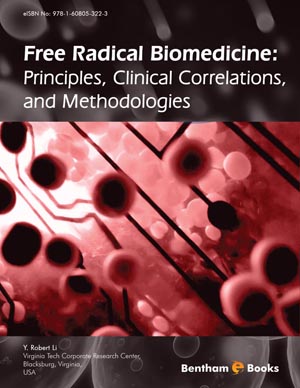Abstract
There is substantial evidence supporting that oxidative stress plays a causal role in the pathophysiology of various cardiovascular diseases in animal models. These include hypertension, atherosclerosis, myocardial ischemia-reperfusion injury, heart failure, cardiac arrhythmias, and cardiotoxicity induced by certain drugs and environmental toxicants. A number of cellular sources of reactive oxygen and nitrogen species (ROS/RNS) are identified in cardiovascular tissues, including NAD(P)H oxidases, xanthine oxidoreductase, mitochondrial electron transport chain, uncoupled endothelial nitric oxide synthase, lipoxygenases, and cytochrome P450 system. Augmented formation of ROS/RNS from these sources results in cardiovascular injury via various mechanisms. Suppression of the augmented formation of ROS/RNS by overexpression of endogenous antioxidants or administration of exogenous antioxidants attenuates the severity of cardiovascular diseases in animal models. In contrast to animal studies, large scale clinical trials on using antioxidant vitamin supplements (mainly vitamin E) in general populations for the intervention of human cardiovascular diseases have been disappointing. Possible reasons for the negative results include the doses and forms of the vitamins used, the time-window of intervention, and the general populations included in the trials. In this context, multiple small clinical trials in selected patients with unusual oxidative stress show the benefits for antioxidant therapies in human cardiovascular diseases. Future studies should focus on the development of more effective antioxidants and testing their effectiveness in well-designed clinical trials.
Keywords: Antioxidant intervention, Atherosclerosis, Cardiac arrhythmia, Cardiotoxicity, Cardiovascular diseases, Heart failure, Hypertension, Myocardial ischemia-reperfusion injury, Oxidative stress, Reactive nitrogen species, Reactive oxygen species.






















